- Home
- entertainment
- news
- 5 details you might have missed on the season one finale of 'House of the Dragon'
5 details you might have missed on the season one finale of 'House of the Dragon'
Kim Renfro

- Warning: Major spoilers ahead for the "House of the Dragon" season one finale.
- From the important book page Alicent returned to Rhaenyra and more, we're breaking down the best details.
Rhaenyra's childbirth in the finale is a great narrative parallel to Daenerys Targaryen's journey in season one of "Game of Thrones."
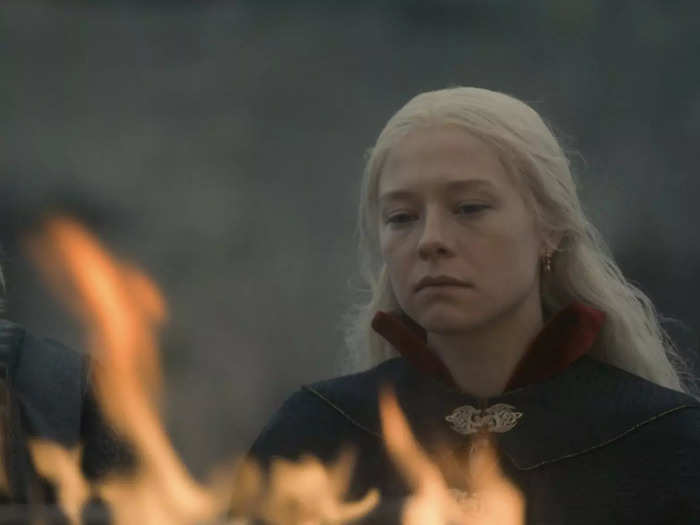
As we suspected they might in our predictions for episode 10, Ryan Condal and the "House of the Dragon" writing team used the finale episode to draw parallels between Daenerys Targaryen's experience with a stillborn baby and Rhaenyra's miscarriage.
Not only was Dany herself born on Dragonstone in a thunderstorm, tying her to the very room where Rhaenyra struggled with her premature labor, but Dany also had a stillborn baby in the first season of "Game of Thrones."
Back in the very first season of "Game of Thrones" (and in Martin's "A Game of Thrones" novel), Dany gets pregnant for the first time with Khal Drogo and winds up losing her child in a ritual performed by Mirri Maz Duur. Dany doesn't remember giving birth but was told the child was already dead.
"Monstrous. Twisted. I drew him forth myself," Mirri Maz Duur tells Dany. "He was scaled like a lizard, blind, with the stub of a tail and small leather wings like the wings of a bat."
Just like Rhaego, Rhaenyra's child is also called a "monster" in the "Fire and Blood" book.
"When the babe at last came forth, she proved indeed a monster: a stillborn girl, twisted and malformed, with a hole in her chest where her heart should have been, and a stubby, scaled tail," the book reads.
The show went with a much more solemn, tragic route instead of inserting any supernatural elements to Rhaenyra's baby. Unlike Dany's scenes in "Game of Thrones," this time the camera stayed with the Targaryen ruler throughout every agonizing moment of her stillbirth.
When Otto arrives with a new green dragon sigil representing King Aegon II, another of Helaena's prophecies was fulfilled.
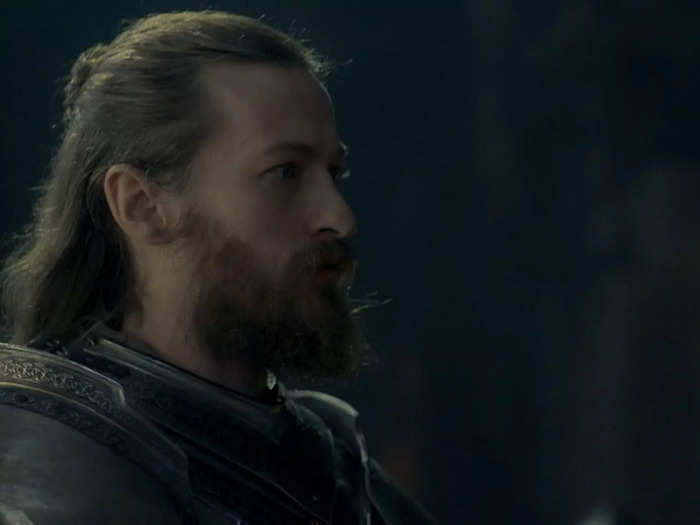
Back in episode seven, while at the funeral for Laena Velaryon, we heard Helaena say the following cryptic prophecy: "Hand turns loom; spool of green — spool of black. Dragons of flesh weaving dragons of thread."
Now in this episode, Ser Erryk (the former sworn protector to Aegon who came to swear loyalty to Rhaenyra) says that Otto Hightower arrived at Dragonstone flying a banner with a green three-headed dragon sigil.
The sigil for House Targaryen, as you likely well know, is a red three-headed dragon on a black background. By changing the color to green, King Aegon II is representing his Hightower blood along with his Targaryen parentage.
Helaena's prophecy was letting the audience know in advance that Otto (the "Hand" of the King) was preparing behind the scenes for Aegon's ascent — including the creation of new banners for his ships and soldiers to carry.
The page Rhaenyra once tore out of Alicent's book details part of Nymeria's legendary rescue of her people.
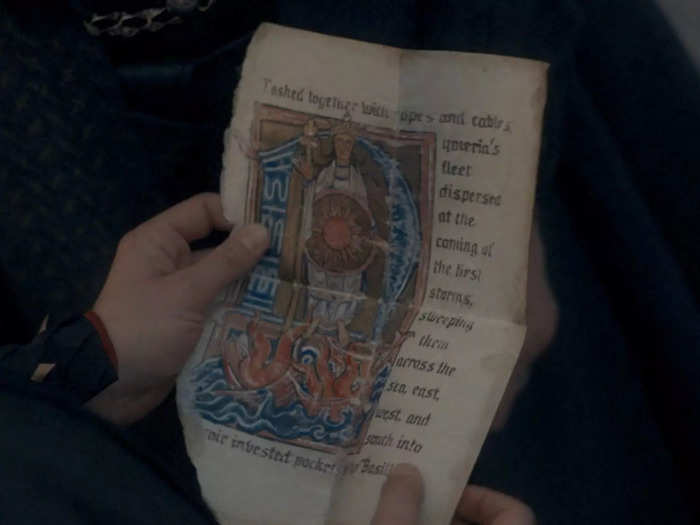
In the first episode of "House of the Dragon," Rhaenyra and Alicent were learning the history of Princess Nymeria and how she fled Valyrian attackers by leading her people on ships across the Narrow Sea. Rhaenyra ripped the page out and gave it to Alicent with a smile.
Then in episode three, Rhaenyra was making a man repeatedly sing a song about Nymeria fleeing dragonriders, indicating that this story was a favorite of hers.
Now the page made its way back to Rhaenyra — an attempted symbol from Alicent to remind her childhood companion of the love and affection they once held for one another.
Corlys shoots Rhaenyra a look when she says Daemon had something else that needed his attention.
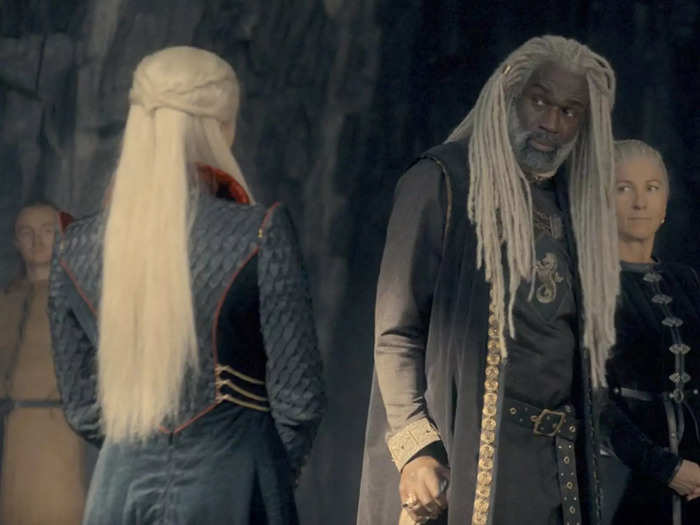
After Daemon chokes Rhaenyra in a fury over her mention that Viserys never told him the secret prophecy only heirs to the Iron Throne can know (meaning the former King was never serious about letting Daemon become a ruler), he's absent from her next Black Council meeting.
Corlys enters the room for the first time and is fast to note Daemon's absence. When he asks Rhaenyra about it, she says "there were other concerns which demanded the prince's attention."
In the pilot episode, Corlys was a part of King Viserys' small council while Rhaenyra was cup bearer. Daemon was off training his Gold Gloaks, and was absent from the meeting.
"Do you think Daemon is distracted by his present tasks, and that his thoughts and energies are occupied?" Viserys asked Lord Beesbury in the first episode when Daemon's absence was noted.
The message there was that it was better to give Daemon some random task that kept him out of Small Council decisions rather than let him run the conversation at the table.
It seems as though Rhaenyra learned this lesson from her father. After being attacked by Daemon the night before, she seems to have decided it's best to let Daemon go do dragon activities instead of letting him challenge her authority (and unwillingness to jump to war) in front of the rest of her Black Council.
Corlys and Rhaenys approve of Rhaenyra's approach to handling Daemon so far, given that they pledge to her cause just minutes later.
Luke's death was more detailed in "House of the Dragon" than in the book, adding the nuance of how both Arrax and Vhagar were out of their riders' control when it happened.
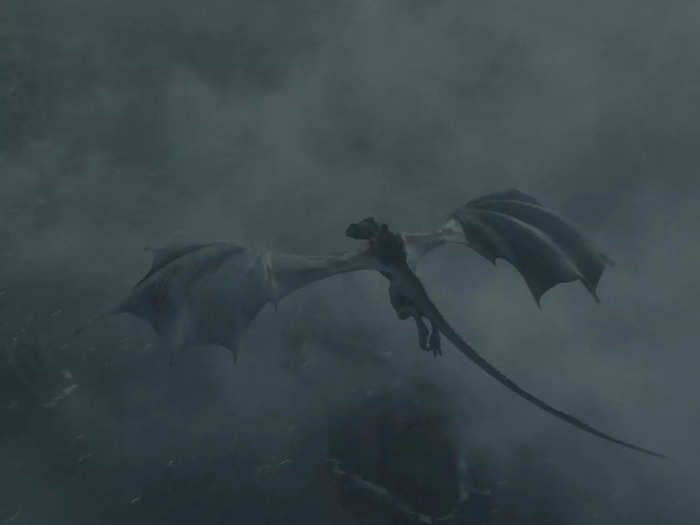
Though Luke does indeed die at the hands (or mouth) of Aemond and Vhagar in "Fire and Blood," the fictional history book makes no mention of the incident being some sort of accidentally escalated chase that gets out of control because both Arrax and Vhagar ignore commands from their riders.
By adding in this detail that Aemond and Luke couldn't control the outcome of their schoolyard-esque fight, "House of the Dragon" underscores the volatility of dragonpower.
Viserys even warned Rhaenyra about this back in the pilot episode.
"The idea that we control the dragons is an illusion," he said. "They're a power man should never have trifled with, one that brought Valyria its doom. And if we don't mind our own histories it will do the same to us."
For more on the "House of the Dragon" finale, read our breakdown of how Luke's death compared to the book here.
Popular Right Now
Popular Keywords
Advertisement